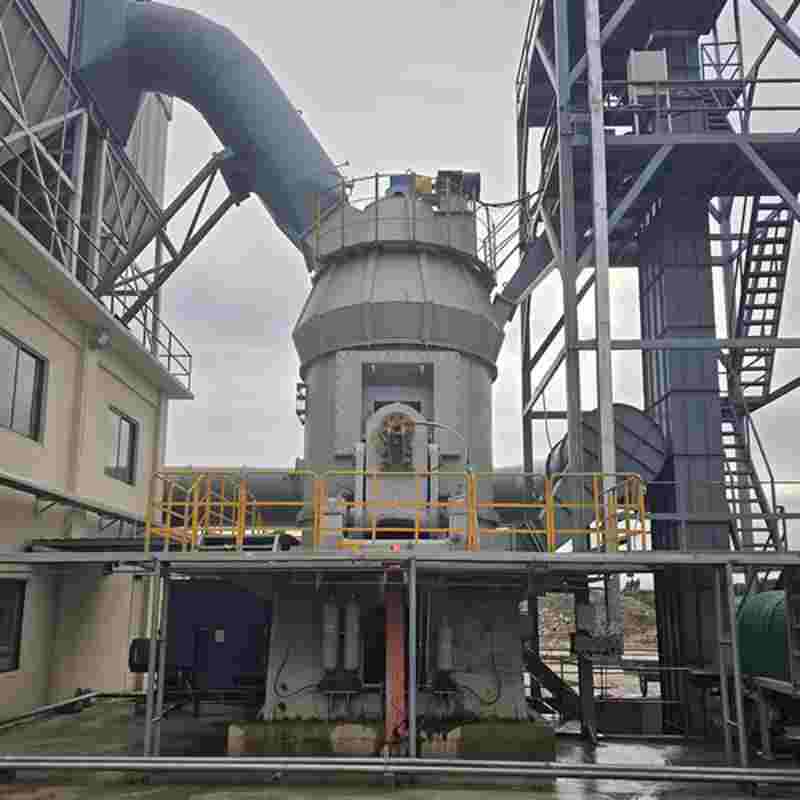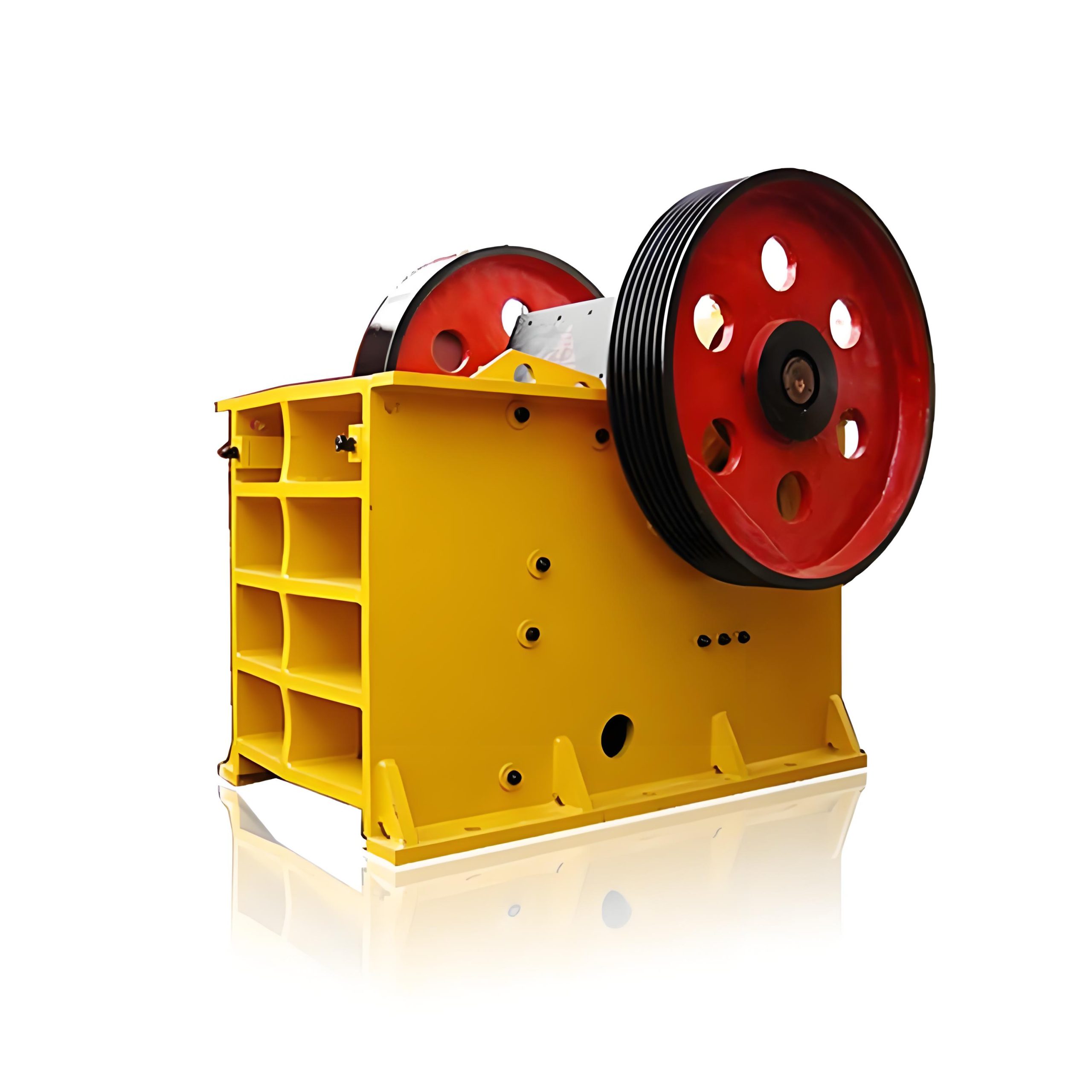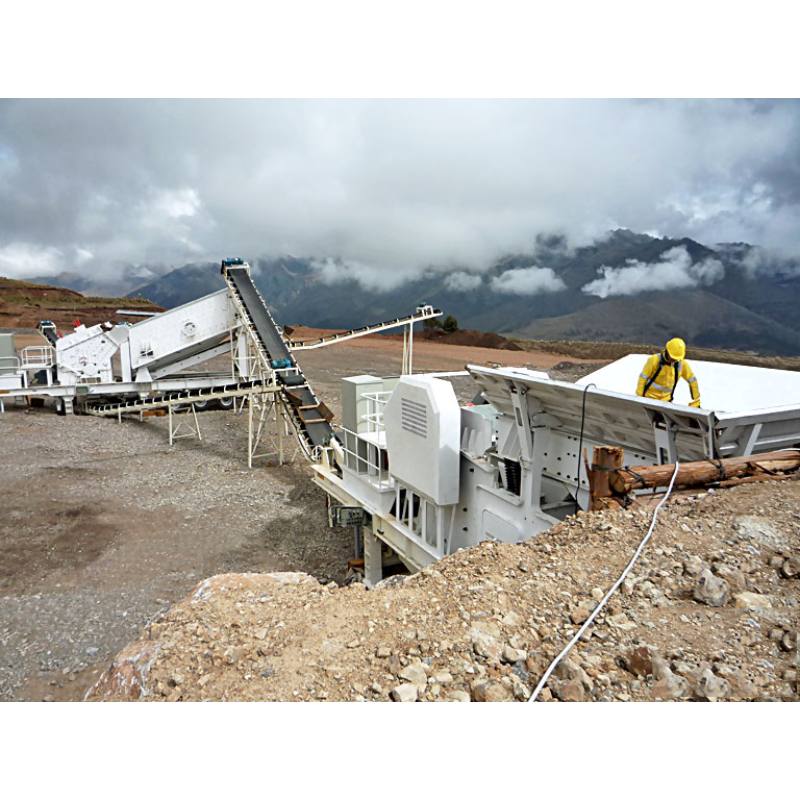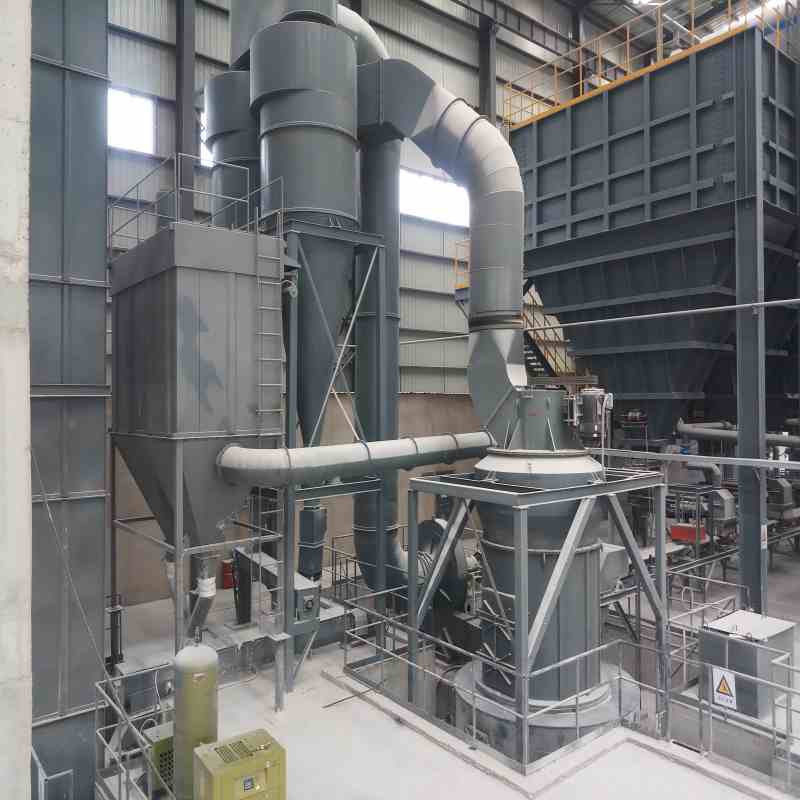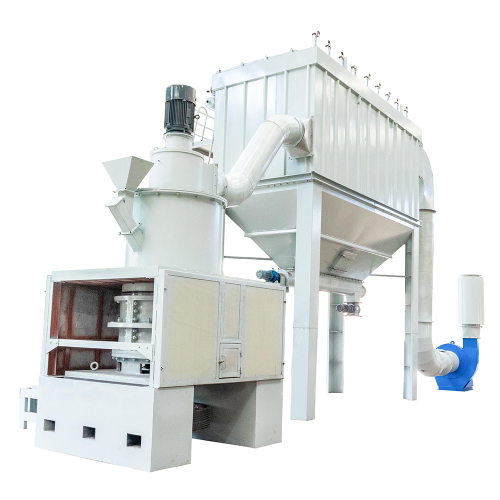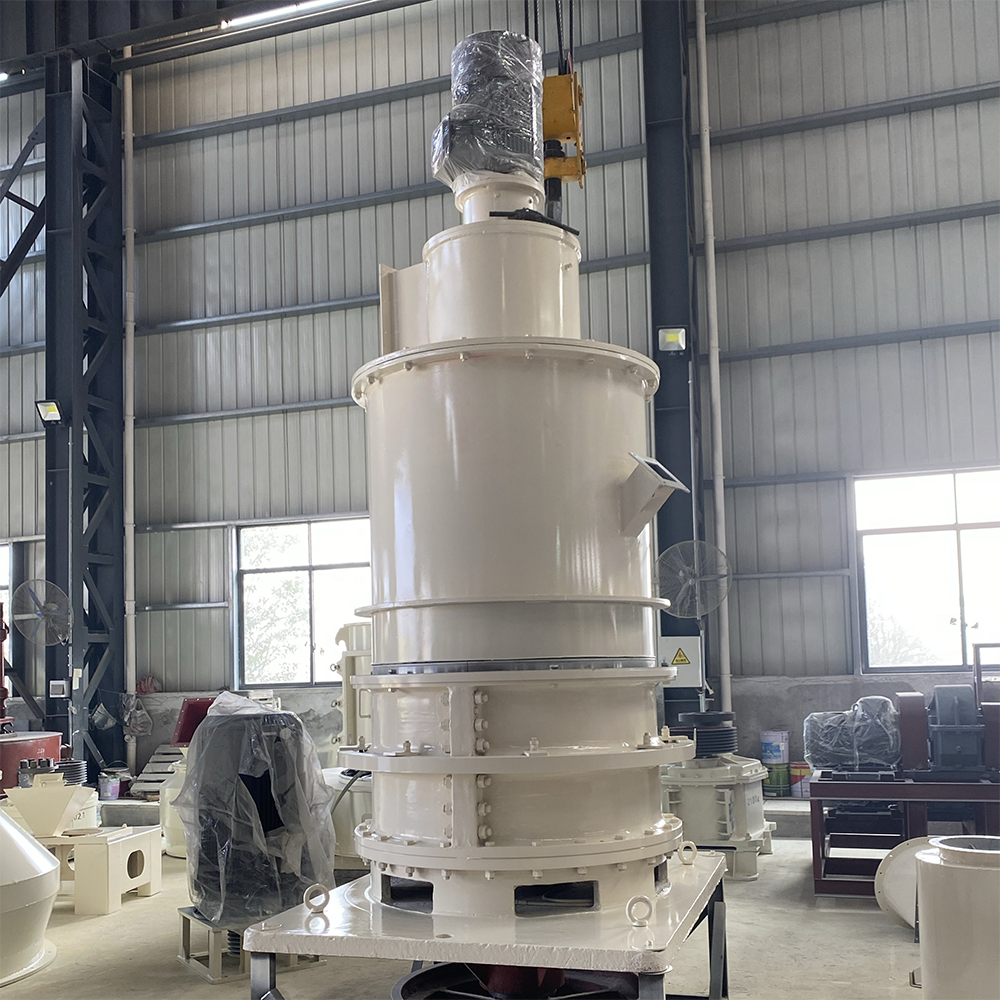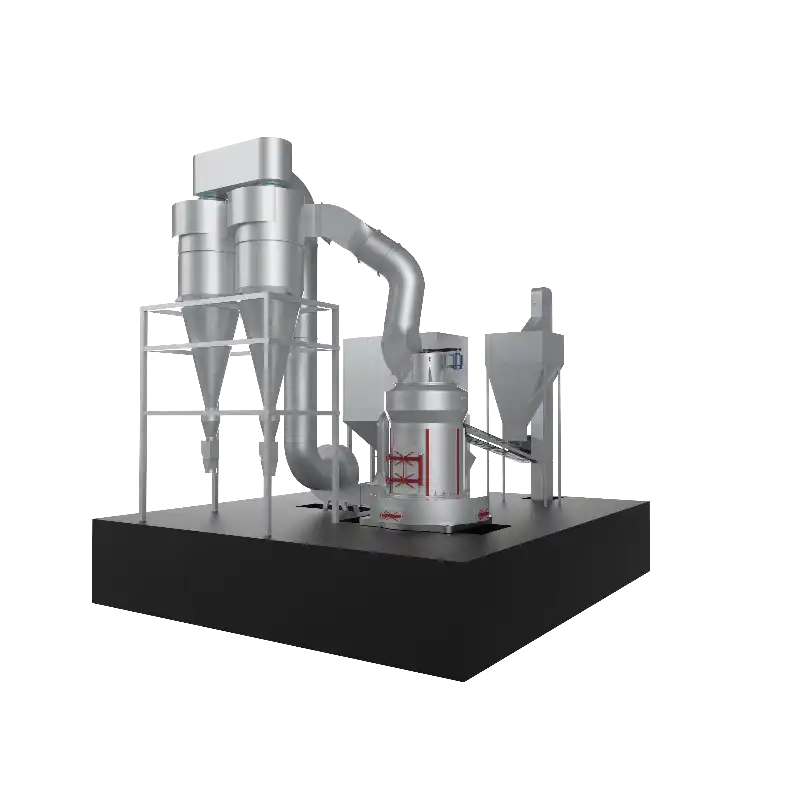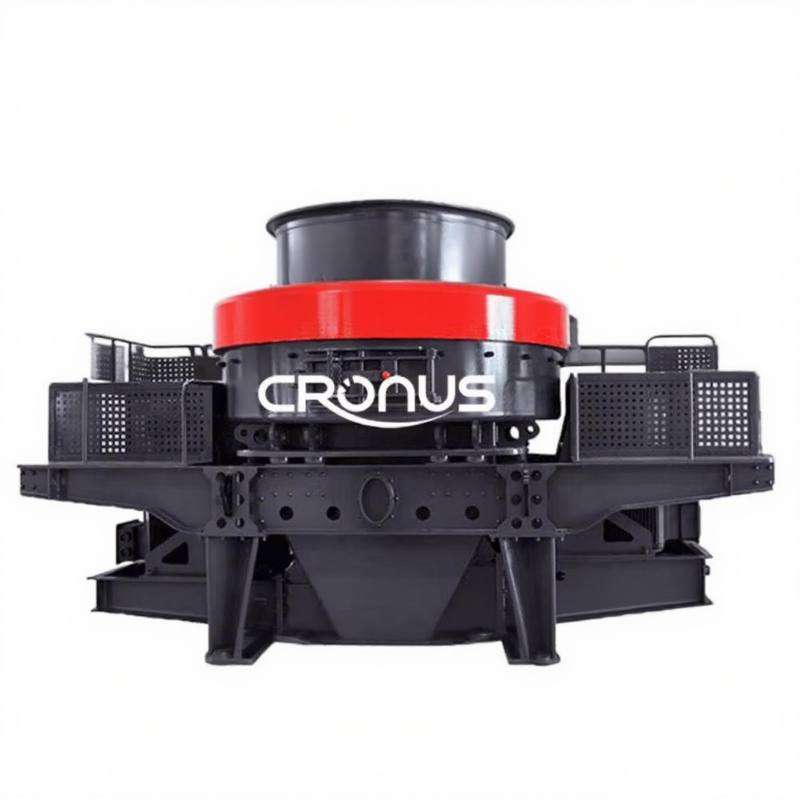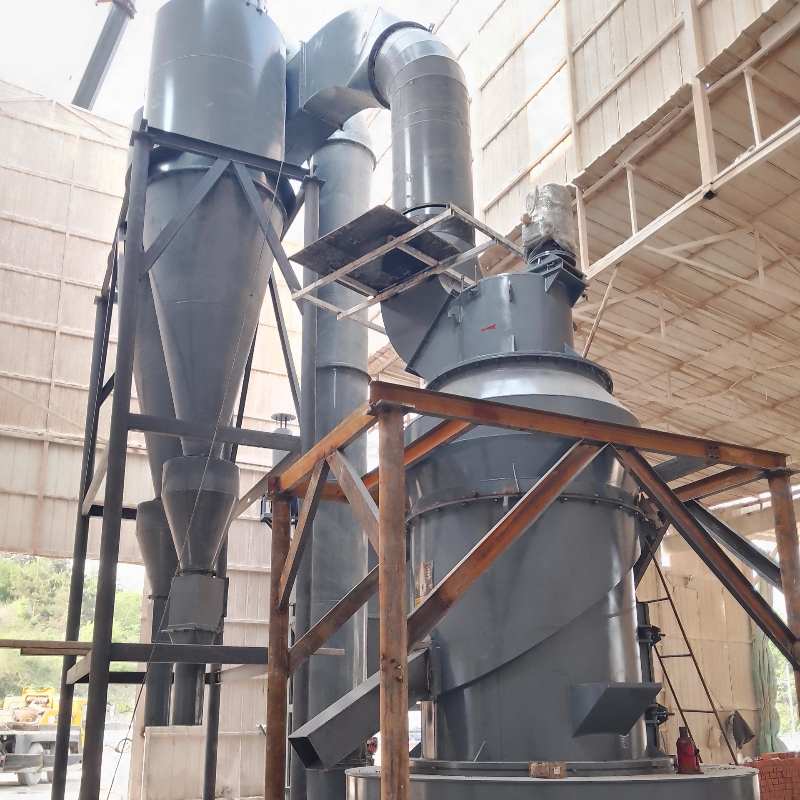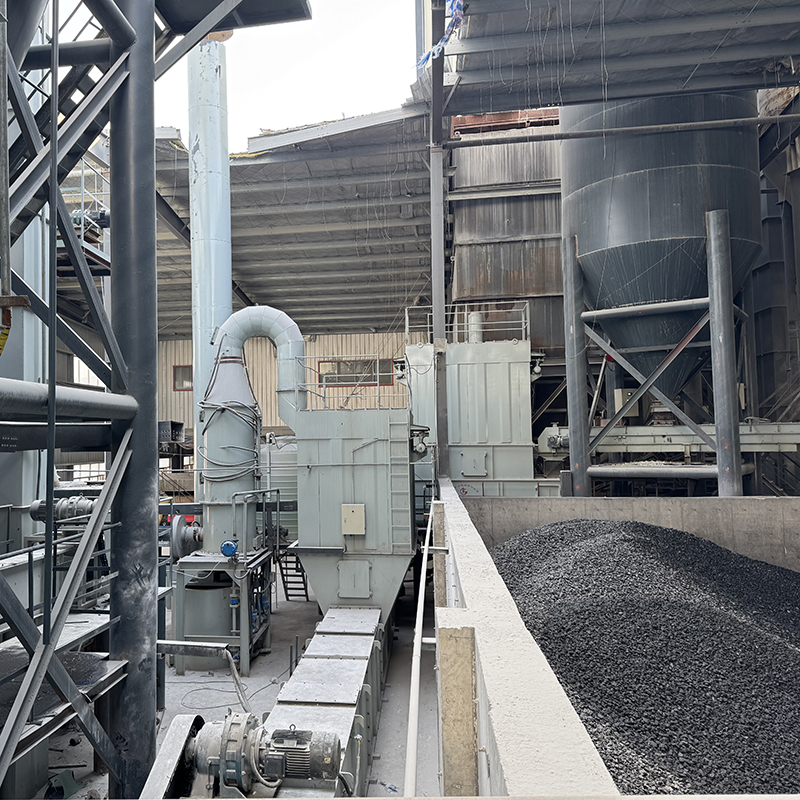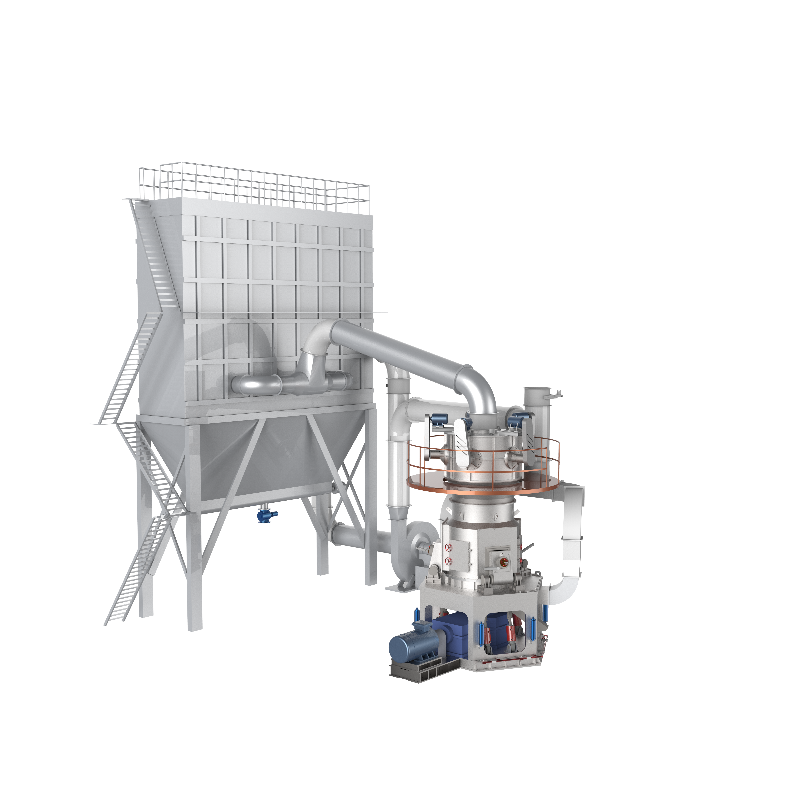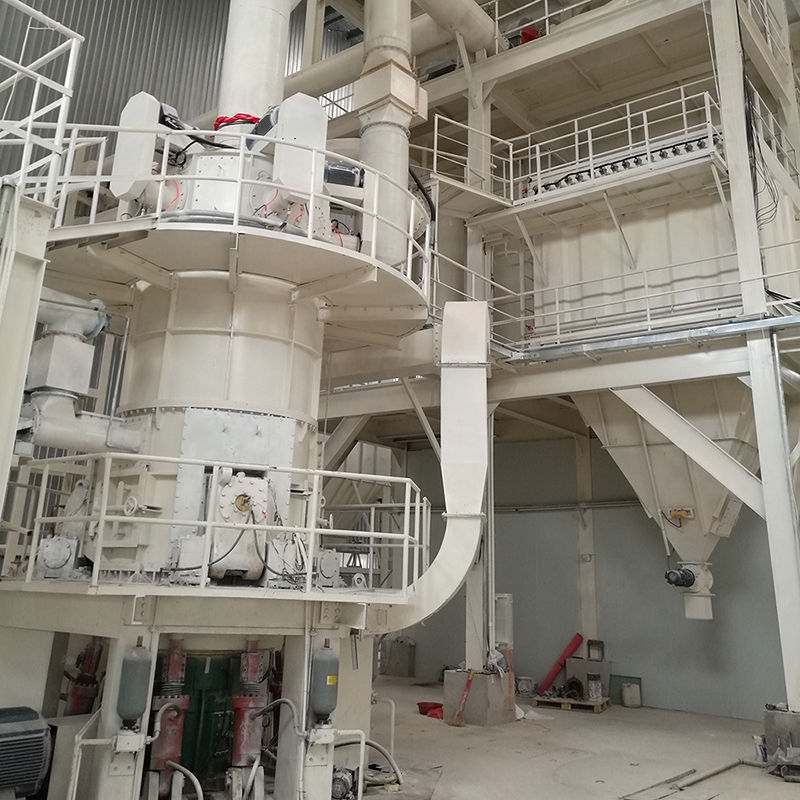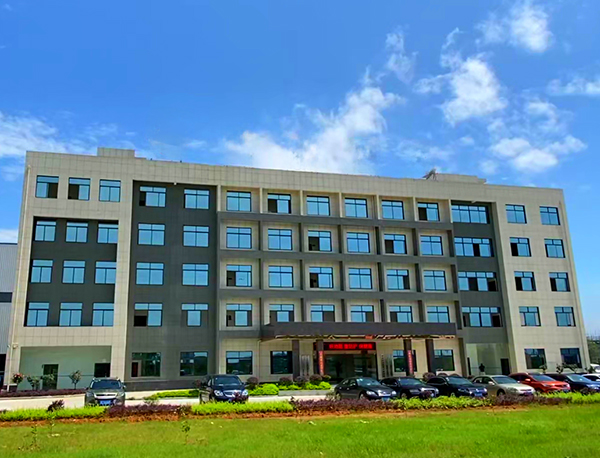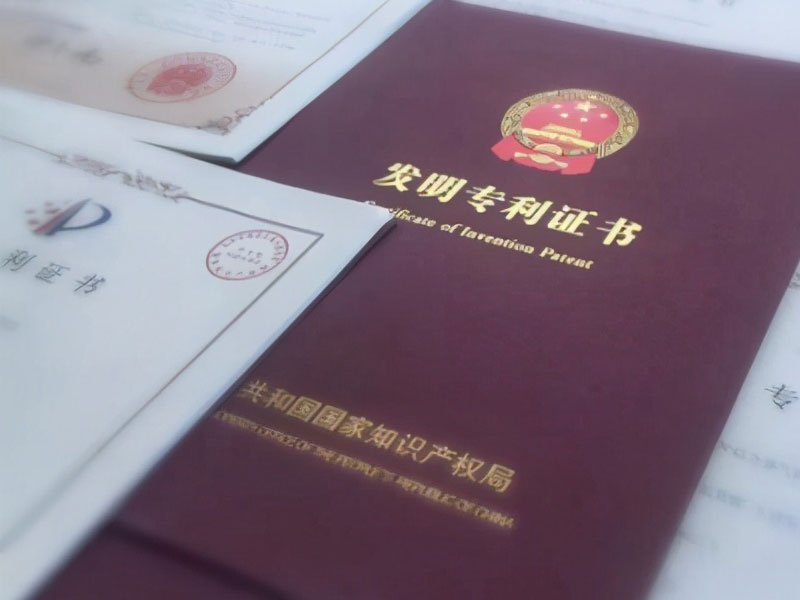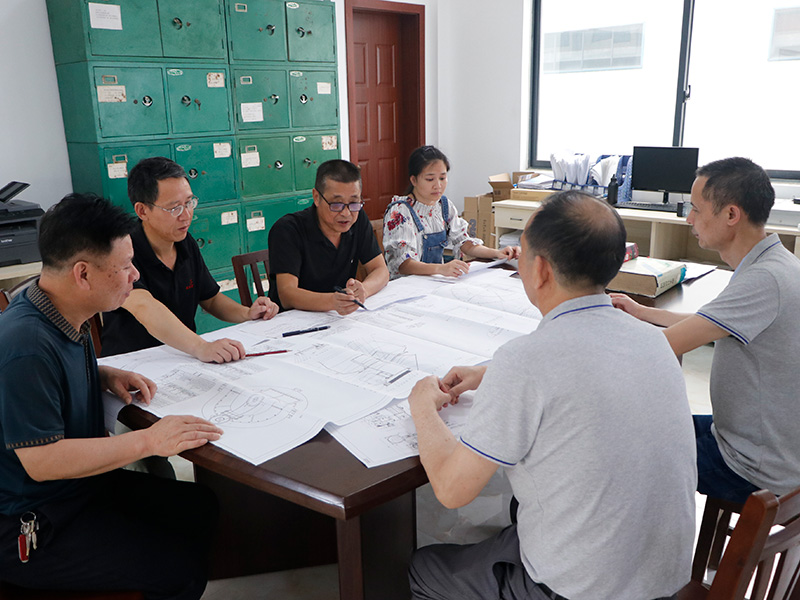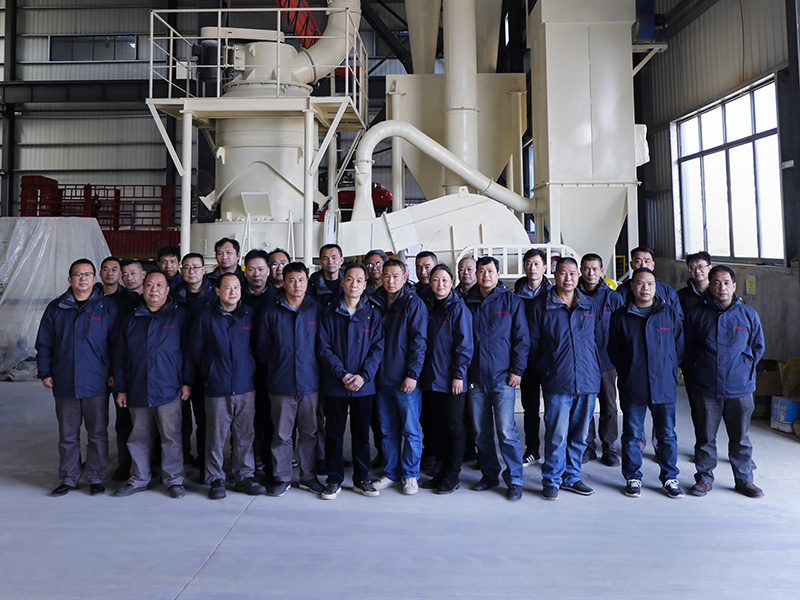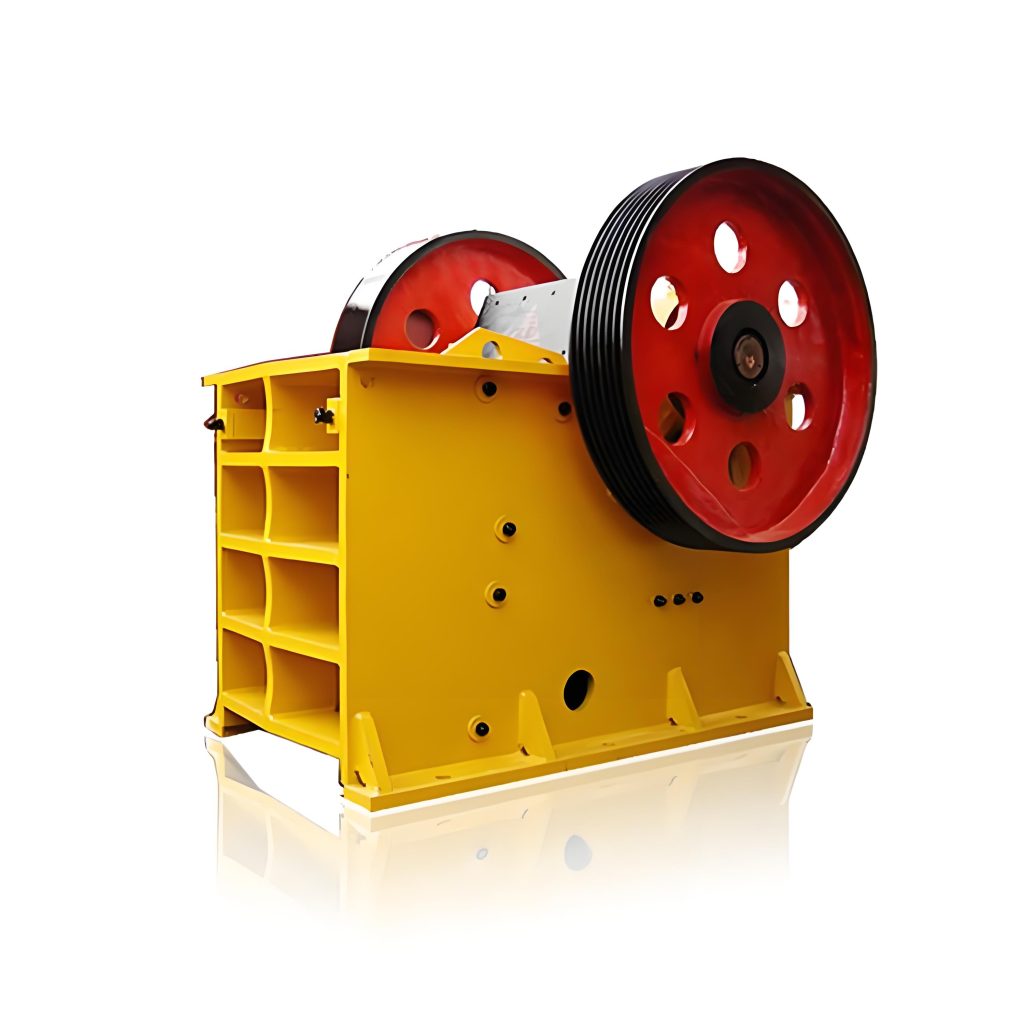
The jaw crusher has a simple structure, high equipment reliability, large crushing ratio, easy maintenance and repair, low production and construction costs, and a high comprehensive investment return ratio. Therefore, departments such as mining, building materials, and infrastructure are all willing to choose the jaw crusher as the coarse crusher or medium crusher. To ensure production, crushing equipment is constantly under high load and harsh working conditions, which inevitably leads to frequent malfunctions. Once a malfunction leads to a shutdown, it not only affects production efficiency but also hinders the progress of subsequent projects, causing significant losses.
As equipment managers and operators, it is very necessary to understand the common faults of the jaw crusher and their troubleshooting methods, so as to discover and solve the faults in a timely manner, resume production quickly and effectively ensure production efficiency. Cronus consulted the technical support engineer of Epo and summarized 8 common faults encountered on the production front line along with their solutions for reference.
1. After a violent splitting sound, the movable jaw stops swinging, the flywheel continues to rotate, and the spring of the pull rod becomes loose.
Cause of Malfunction
- The tension spring breaks;
- The pull rod is broken;
- Materials that cannot be crushed enter the crushing chamber or the toggle plate falls off or breaks for other reasons.
Solution
- Replace the tension spring;
- Replace the pull rod;
- Unscrew the pull rod nut, remove the pull rod spring, lift the movable jaw, replace and reinstall or replace the toggle plate.
2. The crushing chamber is blocked, and the current of the main motor is higher than the normal operating current.
Cause of Malfunction
- Large stones entered the upper part of the crushing cavity but did not completely block it;
- The belt conveyor under the crusher malfunctioned, and the discharge port was blocked;
- The feeding amount is too large when sticky materials and other debris enter the discharge port and block it.
Solution
- After parking, secure the large stones with steel wire ropes and then use a crane to lift them out of the crusher;
- Stop feeding and eliminate the faults of the belt conveyor. At this time, try not to stop the crusher as much as possible;
- Stop feeding and clear the discharge port. At this time, try not to stop the crusher as much as possible. Slow down the speed of the feeder and reduce the amount of feed.
3. The movable jaw plate and the fixed jaw plate vibrate and produce a knocking sound.
Cause of Malfunction
The jaw plate fastening bolts are loose or have fallen off; the fixing bolts of the crushing plate broke.
Solution
- Tighten or fully equip the fixing bolts of the crushing plate. If the anti-loosening spring has insufficient elasticity, replace it. Replace the bolts;
- Adjust the discharge opening to ensure the correct gap between the two jaw plates.
4. The adjustment device fails or breaks, and the discharge port is blocked.
The adjusting device in the jaw crusher is used to adjust the size of the crusher's discharge opening. It mainly consists of adjusting wedge blocks (inclined blocks), top screw bolts (or auxiliary hydraulic cylinders), locking pull rods, etc. There are mainly three forms of adjustment devices: hydraulic wedge adjustment, gasket adjustment and support device adjustment.
Cause of Malfunction
- The wedge-shaped top seat moves forward horizontally too far;
- The toggle plates and toggle plate pads are self-purchased or modified, which do not meet the design requirements of the main engine manufacturer;
- The fixing bolts of the adjustment seat are loose;
- The adjustment seat has serious casting defects or welding defects.
Solution
- Pull the wedge-shaped top seat back;
- Replace the adjustment seat and install the original toggle plate and toggle plate pad from the original manufacturer;
- Replace or tighten the adjustment seat bolts;
- Replace the adjustment seat.
5. The moving jaw is broken.
Cause of Malfunction
- Bear heavy loads;
- Casting leaves serious defects such as dense pores;
- Using substandard toggle plates and toggle plate pads, the toggle plates of the crusher did not self-break for protection when subjected to strong impact;
- The movable jaw moves within the frame, and one end at the bottom collides with the edge guard plate of the frame;
- The tension of the pull rod spring failed and was not replaced in time;
- The discharge opening is smaller than the specified limit;
- The feeding position is incorrect, leaning towards one end or the Angle of the discharge hopper is too steep, causing the material to directly hit the head of the movable jaw.
Solution
- Replace the movable jaw. Prevent excessive load (control particle size and prevent iron blocks from entering);
- Replace the movable jaw. At the same time, replace the original toggle pads and toggle pads produced by the main manufacturer;
- Replace the movable jaw. At the same time, correctly assemble the eccentric shaft, bearings, locking bushings and movable jaws, and replace the damaged parts;
- Replace the movable jaw. Replace the pull rod spring at the same time;
- Replace the movable jaw. At the same time, adjust the discharge port as required;
- Replace the movable jaw. At the same time, a feeding hopper is added to ensure uniform and stable material discharge, and it is divided from the middle to both sides.
6. The eccentric shaft is bent or broken.
Cause of Malfunction
- During the hoisting process of the main unit, it overturned sideways, causing the eccentric shaft to bend under force on one side;
- The hardness of the crushed material exceeds the applicable material range specified by the equipment;
- The main unit has been operating under excessive load for a long time;
- The toggle plate does not meet the standard and serves a self-breaking protective function when non-crushed materials enter the crushing chamber;
- Improper heat treatment of the eccentric shaft led to stress concentration, causing it to break within a short period of time.
Solution
- Replace the new eccentric shaft and lift the main unit correctly;
- Replace the eccentric shaft with a new one and configure crushing equipment of reasonable specifications according to the compressive strength of the crushed materials;
- Replace the eccentric shaft with a new one, adjust the working load or replace it with a suitable crusher;
- Replace the eccentric shaft with a new one and do not use toggle plates or toggle plate pads that do not meet the design standards;
- Replace the eccentric shaft with a new one that has passed heat treatment.
7. The toggle plate is broken
Cause of Malfunction
- The main unit is overloaded or materials larger than the size of the feed port enter;
- Non-crushed materials enter the crushing chamber;
- The toggle board and the toggle board pad are not parallel and are skewed;
- The casting has relatively serious casting defects.
Solution
- Replace the toggle plate and control the feed particle size, and prevent the main machine from being overloaded;
- Replace the toggle plate and take measures to prevent non-crushed materials from entering the crushing chamber;
- Replace the toggle plate and the worn toggle plate pads, and install the toggle plate correctly;
- Replace the elbow plate with a qualified one.
8. The main unit suddenly stops.
Cause of Malfunction
- The discharge port is blocked, causing a full blockage of materials;
- The V-belt driving the sprocket to rotate is too loose, causing the belt to slip;
- The eccentric shaft locking bushing is loose, resulting in no gap on both sides of the bearing housing of the frame, causing the eccentric shaft to get stuck and unable to rotate;
- The voltage at the working site is too low. When the main machine encounters large materials, it is unable to break them;
- The bearing is damaged.
Solution
- Clear the blockage at the discharge port to ensure smooth discharge;
- Tighten or replace the V-belt;
- Reinstall or replace the locking bushing;
- Adjust the voltage at the working site to meet the requirements of the main unit's working voltage;
- Replace the bearing.
The above are several common faults that occur during the operation of the E crusher and their solutions. If you encounter any other malfunctions or better solutions, please feel free to leave a message to supplement.

